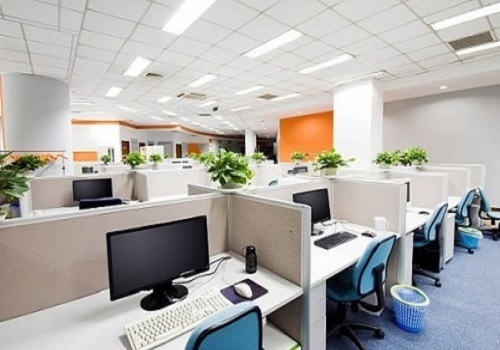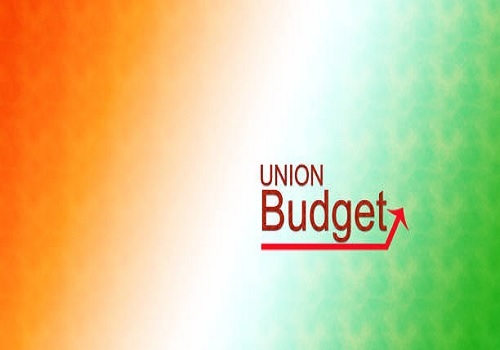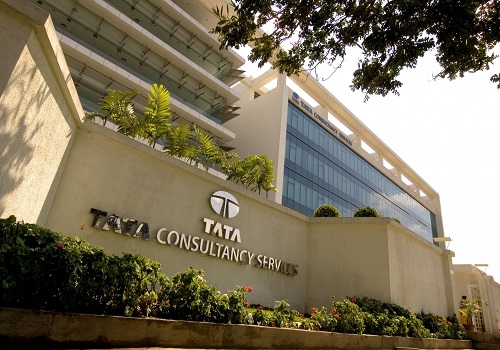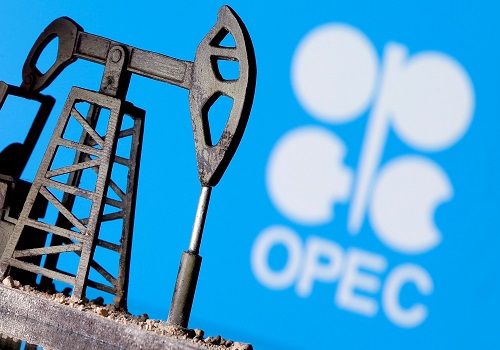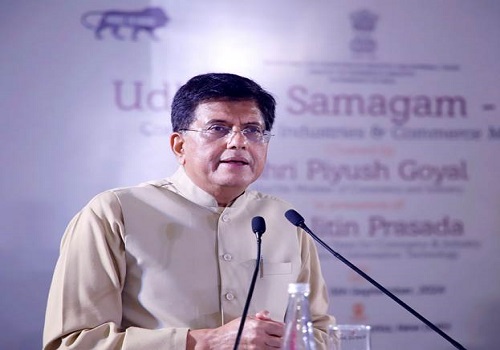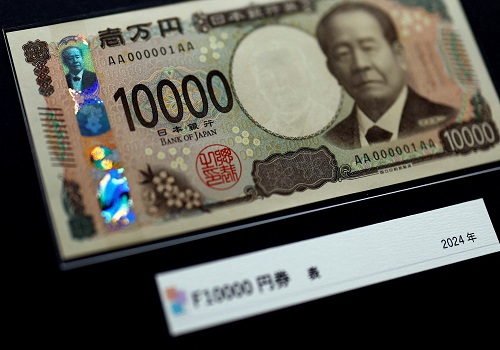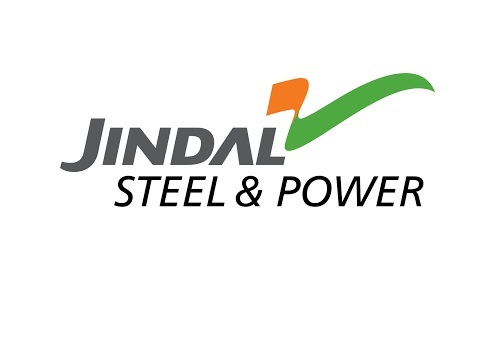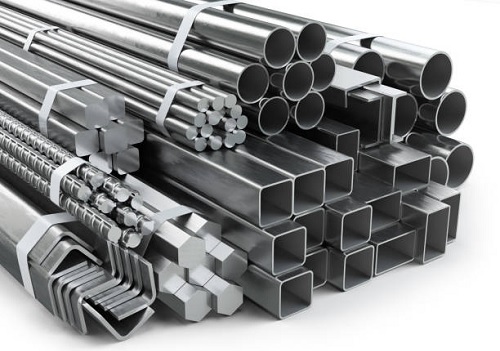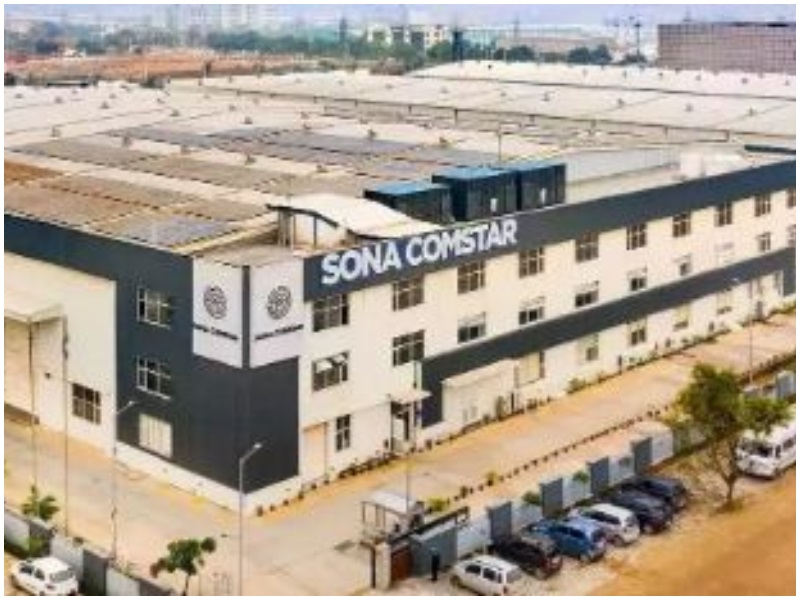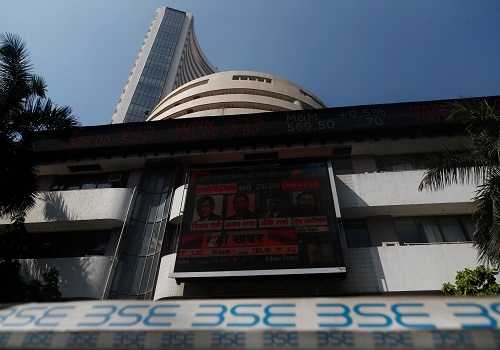Jindal Steel doubles down on green hydrogen production in India
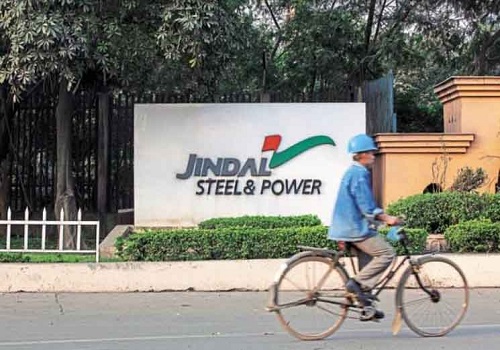
Jindal Steel and Power Ltd and Jindal Renewables on Monday announced a collaboration to implement India’s biggest investment in green hydrogen by a domestic steelmaker.
The companies signed an MoU towards decarbonisation and green energy leadership in the country’s steel industry. It outlines Jindal Steel’s plan to integrate green hydrogen into its direct reduced iron (DRI) units in Angul, Odisha.
In the first phase, Jindal Renewables will develop a green hydrogen generation capacity of up to 4,500 tonnes per annum set to commence by December 2025, said the company. The project will also entail supply of 36,000 tonnes of oxygen per annum that will be used in the Angul steelworks.
Jindal Renewables will also supply 3GW of renewable energy to Jindal Steel facilities, reducing the steelmaker’s dependence on coal fired energy by 50 per cent in the next 2-3 years, the company announced.
“By integrating green energy and green hydrogen into our production processes, we are not only reducing our carbon footprint but also setting a new benchmark for the Indian steel industry. This collaboration is a testament to our unwavering commitment to sustainable development and innovation,” said Sanjay Singh, Director of Strategy and Corporate Affairs at Jindal Steel.
Jindal Steel will provide essential infrastructure and support, while Jindal renewables will handle the development and operation of the green hydrogen and renewable energy facilities.
The collaboration aims not only to significantly slash the cost of green hydrogen production but also to ensure sustainable long-term business model by locking in offtake for the next 25 years.
With an investment of $12 billion worldwide, Jindal Steel is consistently enhancing its capacity utilization and operational efficiencies, seizing opportunities to contribute to a self-reliant India.
Jindal Renewables aims to become a pioneer in renewable energy (RE) projects in India, currently developing close to 3GW of diverse renewable assets with power off-take completely locked in.
It aims to develop around 12 GW RE assets by 2030 and aims to be one of the largest decarbonisation solution provider in the country.

